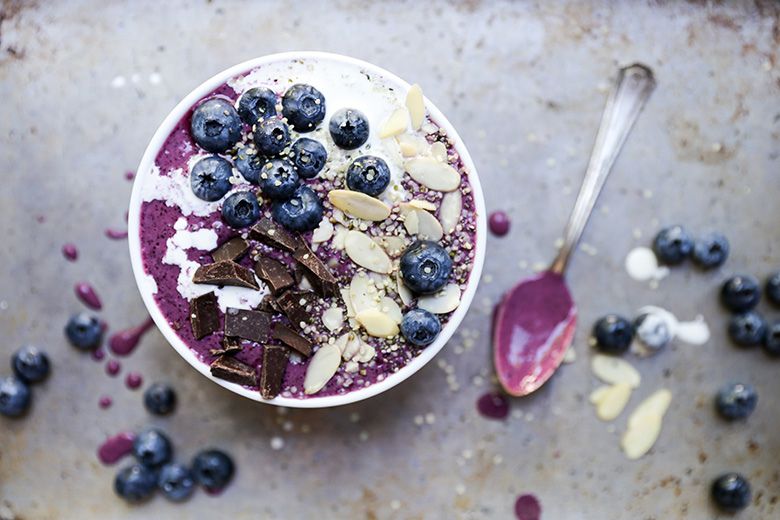
Many parents dread talking to their children’s healthcare professionals for good reasons, given that it can be incredibly tough to do so. Alternative medicine remains very popular around the world today, however, and it’s important for parents to speak plainly about it when it comes to updating your child’s doctor. So, how can you talk to your doctor about your use of or curiosity about alternative medicines?
Here’s everything you should know about speaking to a healthcare professional when it comes to the intimidating world of alternative medicine, and what you should know if your child is going through alternative medical therapies.
Alternative medicine for children is incredibly common
While many deride alternative medicine, often unfairly lumping it in with other health trends, it’s a simple matter of fact that alternative medicine for children is actually quite common. According to at least one study, up to half of all children may be using complementary health approaches, though relatively little is known about the effects of many alternative medicine strategies. Thus, if you’re concerned you may be bringing up a vague topic with your child’s doctor, they’ve probably heard about alternative medicine long before you came into their office.
Many parents are giving their children alternative medical treatments without even realizing it; giving your children vitamin supplements, for instance, is widely considered to be an alternative approach to medicine given the scant amount of information we have about the benefits of taking certain vitamins. This is why it’s important to buff up on what official authorities actually consider to be complementary and alternative medicines, as ignorance shouldn’t be used as an excuse to avoid a conversation with your child’s doctor.
When discussing alternative medicine with your child’s healthcare professionals, it’s important to be upfront about it if you’re relying on an alternative medicine strategy. Some parents are hesitant when it comes to disclosing this information, but your child’s doctor simply needs to know, particularly if your child is to be prescribed traditional medical treatments like a prescription drug. Transparency should always be considered the most important thing here.
If parents and healthcare professionals aren’t having open and honest conversations about the kinds of treatment children are receiving, a potential healthcare disaster can be brewing under the surface. Two different types of treatment mixed together unknowingly can produce disastrous results, and if your child’s health is on the line it’s imperative to be willing to discuss what alternative medicines you’ve administered to them. Treatments of any nature should be thoroughly documented so they can be accurately recalled later.
Not all treatments are created equal
One of the most important things that any healthcare professional will tell you early on in the conversation if you’re discussing alternative medicines is that not all treatment options were created equal. Some parents have treated their children with alternative medicines with great success, whereas others have exacerbated existing issues thanks to clumsiness. It’s not uncommon to see a headline about a child whose condition has worsened thanks to a botched-application of alternative medical treatment. To avoid future health tragedies, it’s vital that alternative medicine be discussed in the open, especially by those parents who are choosing to rely on it for their child’s safety.
Many doctors acknowledge most forms of complementary and alternative medicine, particularly traditional Chinese medicine. According to research conducted on Canadian parents, however, more than half of survey respondents noted that they were giving their children alternative medicines at the same time those children were receiving traditional treatments from a doctor. If both parties in the treatment process are shutting one another out, the child’s health could potentially be endangered.
Certain conditions have popular alternative medical treatments that may help, whereas others are bereft of alternative and traditional medical solutions alike. Despite how rare your child’s sickness may be, or how specific your alternative medicine regime may be, it needs to be discussed with a medical official. In vague cases of obscure alternative medical treatments, a failure to be transparent could cause health complications. If both the child’s doctor and parents are fully up to date on that child’s treatment, the best possible outcome will become more likely.
Be honest when discussing alternative medicine with your family’s pediatrician, and keep thorough records of any treatment options you rely on. If you don’t keep a careful list of results and side effects, you may never know if your alternative medicine is having a positive impact. Medical officials, too, will want to know about the alternative medicine you’ve administered thus far to your child if they’re going to help out themselves. Above all else, don’t be shamed or embarrassed into thinking it’s not the right time to discuss alternative medicine with your child’s doctor.









